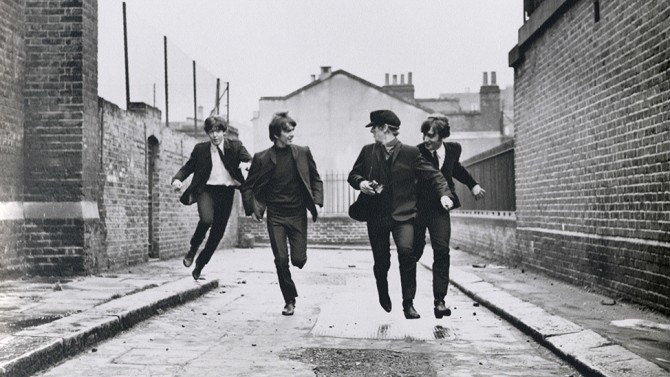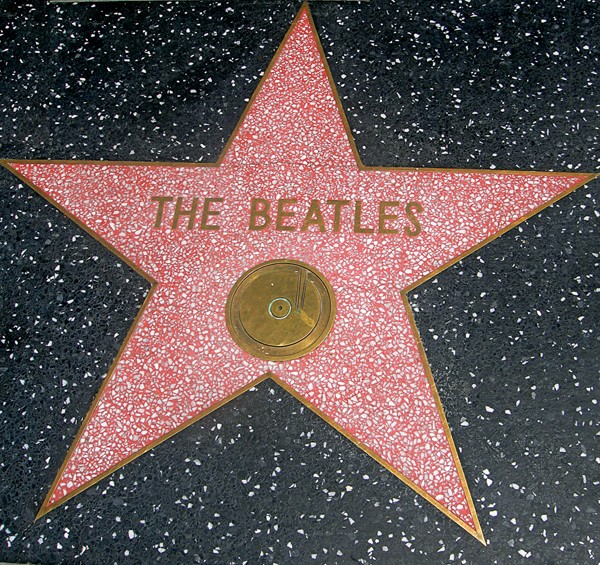When the stars align, usually on a rainy Sunday in late autumn or early winter when he’s still a little punch drunk from the end of Daylight Saving Time and the end-of-year blurring of the calendar, the editor sleeps in.
After a Saturday spent writing and then helping a friend move, he sleeps in on Sunday. After tumbling out of bed and stumbling to the kitchen, he sets coffee brewing, opens the blinds, and watches as the rain dimples the surface of the creek next door. He and his fiancée sit and watch their cats watching the birds sitting on still-leafy branches, their feathers fluffed against the rain.
Later, the couple bundle themselves against the late-autumn cold and leave the house. After realizing that the Memphis weather is being Memphis weather again — it feels more like April than December — they clomp back inside and shed a layer.
The editor drives, and the two go out on the town for a day of Christmas shopping. They don’t often have days off together, so it’s An Event.
At a local bookstore, they buy a book about bees, a stack of car magazines, a sweater, and the fourth and final book (translated from French) of a fantasy series. The editor sees an old friend, and she says nice things about the newspaper. He says he hopes her sister is well. They recognize each other despite wearing masks and, in her case, big sunglasses.
After a brief diversion — stopping at a grocery store for dinner ingredients, dropping said supplies off at home — they go to a plant store and nursery. The editor picks out more gifts, and his fiancée coos over the shop’s resident cat, Bunny. More businesses should have a cat, the editor thinks. They pile their gifts-to-be on the counter and pay for them, chatting with the friendly clerk about science-fiction films and cats. The clerk’s cats, it turns out, are named after characters from sci-fi films.
Their last stop for the day is an antiques store on Summer Avenue. The editor’s father is planning on moving back to Memphis early next year. The father will need some furniture, and the editor believes in practical gifts. The editor’s not worried about including that in his column because his father, for the moment at least, lives outside the newspaper’s circulation radius. The editor, for the time being at least, could include an itemized list of gifts, and his father would be none the wiser. The father doesn’t use the internet and still owns a flip-phone, so the editor figures there’s no chance of the surprise being ruined via social media either. It’s the perfect crime.
In the antiques store, the fiancée finds some gifts, along with a burnt-orange sweater and a wooden desk tray, the kind one might use to hold correspondence. She’s a fiend for fall colors; she’s mad about organization. She also finds a corner shelf, the exact kind the editor has been on the hunt for, to be a new home for some houseplants. They must be kept out of his cats’ reach. They murder houseplants with extreme prejudice.
The editor dusts off the corner shelf, examines it from every angle, and checks the price tag. They’re here to buy gifts, not furniture for themselves, he reasons. As he’s vetting the shelf, the editor sees someone he recognizes — above the face mask, that is. He’s a local musician, drummer for a half-dozen Bluff City bands. They say hello. The editor invites the drummer to examine the shelf, which the drummer judges to be a fine shelf indeed. The editor caves. He buys the shelf. He finds his fiancée and helps her carry her purchases to the car.
Back home, the editor wraps presents while his fiancée cooks soup. Usually soup is a meal they prepare together, but they don’t mind slight variations in their habits. Most days, they wake early; today they slept in. The editor puts on a playlist of tunes by The Beatles. He’s been on a Fab Four kick, courtesy of the Peter Jackson documentary Get Back.
If he were Paul McCartney, he thinks, he could turn today into a little third-person story song. “Penny Lane, the barber shaves another customer,” he sings to himself. “On Summer Ave., the salesman sells another antique shelf.”
It’s no “Yesterday,” he thinks, but it’s a nice song to live.



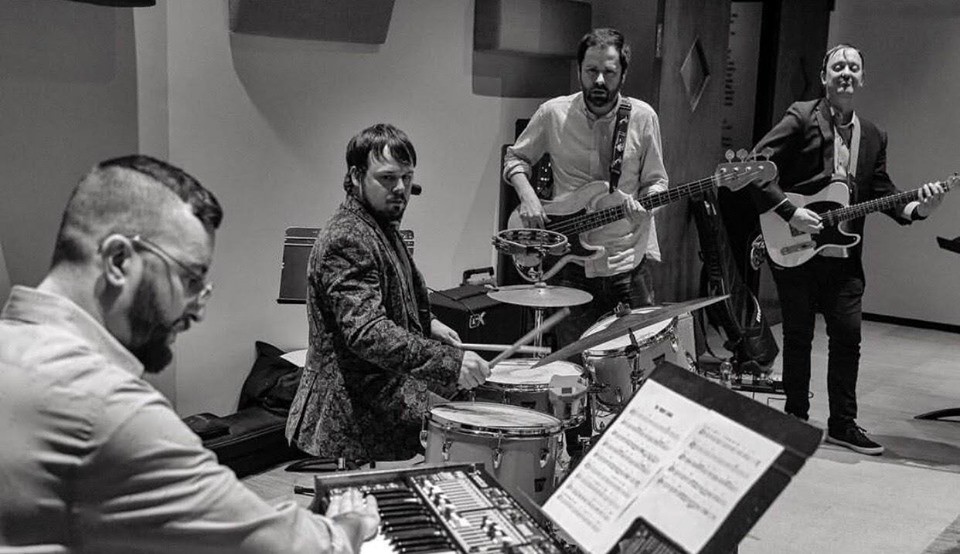

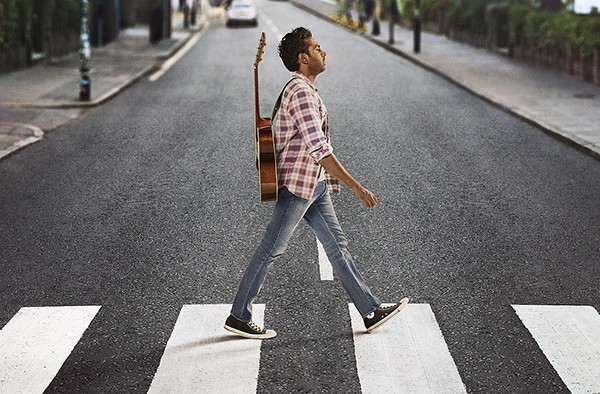



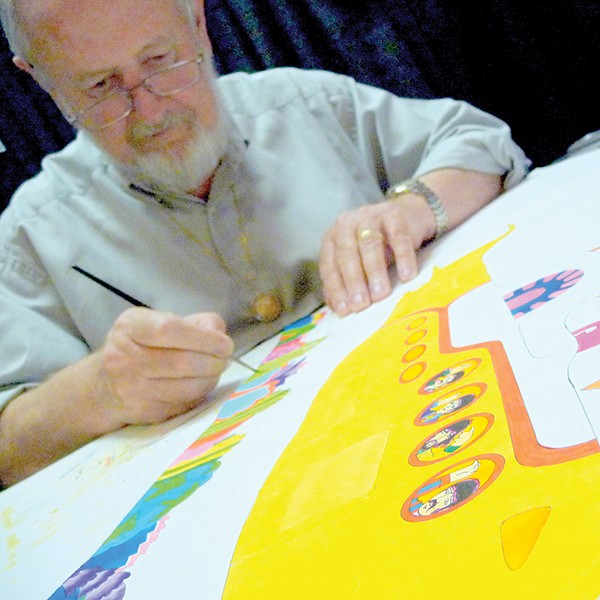
 Ron Campbell
Ron Campbell 